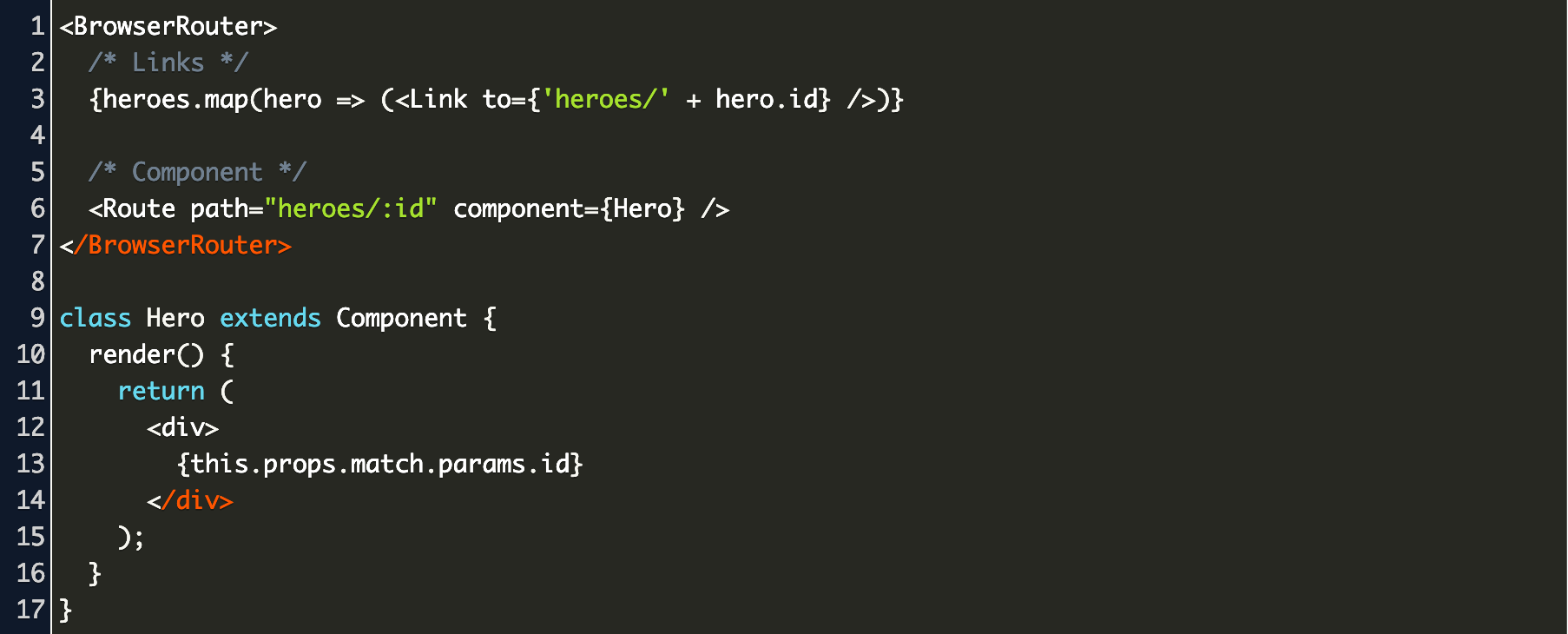

It will also most likely be deprecated in a future release.

Again, although withRouter is not deprecated in 5.1, it's a weird API when you can compose your state with hooks instead. They give you access to all the same stuff. Replace any withRouter usage with hooks.If you'd like to do even more, go ahead and: We will most likely deprecate these APIs in a future release.

That way, you can enjoy using JSX to compose your elements and hooks to compose your state!Īlthough they are not deprecated in 5.1, the and APIs have several quirks that just aren't needed (see the discussion in useParams above) in a world with hooks. We encourage you to get used to using instead of and.

REACT ROUTER DOM UPDATE
REACT ROUTER DOM HOW TO
Let's explore the new hooks 1 by 1, and we'll follow it up with some tips about how to get the most out of this release while getting ready for the future of React Router. Given the fact that managing this piece of state is the router's main responsibility, you can imagine that a new primitive that lets us compose state is going to enable a few things we couldn't do before! It keeps track of the location and renders different s as it changes, and it also gives you tools to update the location using s and the history API. We are excited about the ability that hooks give us to compose state and behavior instead of just composing elements.Īt its heart, React Router is a state container for the current location, or URL. Meet React Router 5.1Įasily the most notable feature in this release is the addition of some hooks (for React 16.8 users, ofc). As we introduce new features and APIs, we will let you know at every step of the way what you can do to make the transition as easy as possible. That being said, we are putting a lot of emphasis on making a silky smooth migration path for anyone who wants to stay up to date as we get closer to v6. We are hard at work incorporating the best ideas from as well as community feedback about the 4/5 API, into version 6 which we expect will be ready sometime around the beginning of the new year. This post will discuss the 5.1 release as well as discuss a few things you can do to prepare for the future. When the app is started, we will see three clickable links that can be used to change the route.Today, we are releasing React Router version 5.1. We will also set components for each route. Instead of rendering App element like in the previous example, this time the Router will be rendered. The other three components (Home), (About) and (Contact) are rendered once the route has changed. The App component will be used as a tab menu. In this step, we will create four components.
REACT ROUTER DOM INSTALL
Step 1 - Install a React RouterĪ simple way to install the react-router is to run the following code snippet in the command prompt window.Ĭ:\Users\username\Desktop\reactApp>npm install react-router In this chapter, we will learn how to set up routing for an app.


 0 kommentar(er)
0 kommentar(er)
